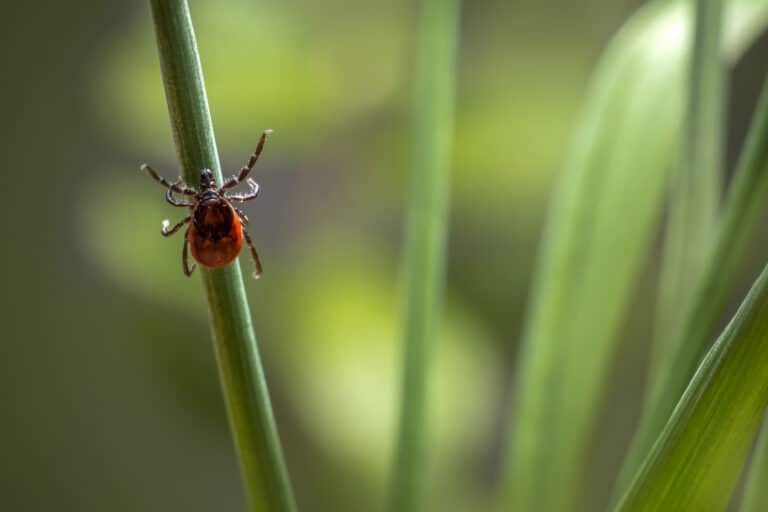What’s the Best Way to Drink Water?
Water—it’s the most basic necessity for the human body and planet earth. We’re supposed to have at least 64 ounces a day—a half-gallon—for proper hydration, but finding the best and safest way to drink it has become an increasingly frustrating conundrum. Some tap water has trace amounts of arsenic, rocket fuel, and residual Prozac from our over-medicated population. Plastic bottles leach carcinogens like bisphenol-A (BPA) and phtalates. And the commercial bottled water industry is less regulated for safety than the tap. So what’s the best way to take a drink?
 Straight Tap
Straight Tap
The Safe Drinking Water Act says you have a right to healthy tap water, but antiquated sewer systems and lack of regulation are cause for concern. Water quality varies from place to place, and many cities certainly have a scary list of contaminants: from bacteria and heavy metals to drugs and lawn pesticides. But you can be vigilant about the quality of your tap water. If your water supplier serves more than 100,000 people, the EPA requires it to send you an annual consumer confidence report about your water quality. Don’t be afraid to ask questions or voice concerns. You can also send a sample off to a lab for testing: epa.gov/safewater/labs/. Once you know what’s coming out of your faucet, you can install the appropriate filtration system.
Commercial Bottles
You just paid $2.75 for a bottle of Dasani, so you think it’s perfectly pure. But a new report from the Environmental Working Group revealed that your hard earned cash may not be guaranteeing you anything safer than what’s coming out of your tap. Bottled water companies do not have to disclose where they get their water, and the industry has admitted that 45 percent of their water comes from municipal water supplies. Then there are the negative environmental impacts of the bottle itself: 30 million bottles of water per day end up in landfills, and they each take up to 1,000 years to biodegrade.
Reusable Bottles
How you store your water is just as important as where you get it. Hard number 7 plastic—commonly used for office water coolers—contains BPA, which is already banned in parts of Europe and Canada. U.S. lawmakers have introduced legislation to get rid of it here. Already banned in Europe and Canada, earlier this year U.S. lawmakers introduced legislation to get rid of it here. Your best bet for leach-free safety are bottles made of glass or food-grade stainless steel.







